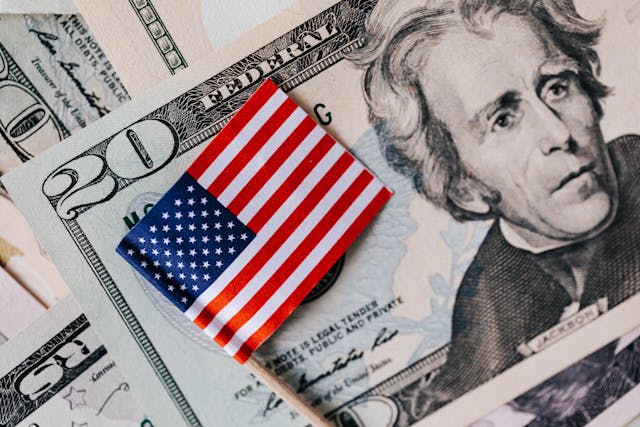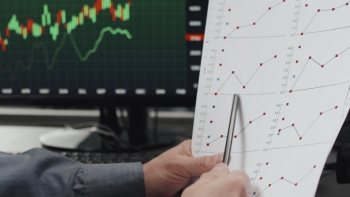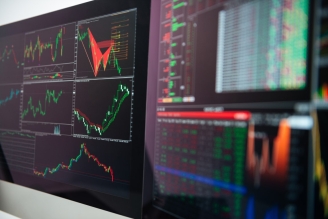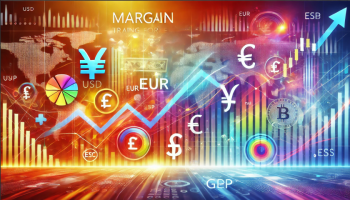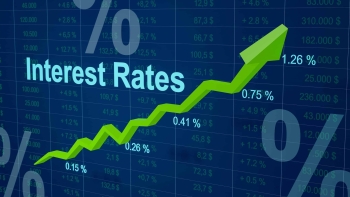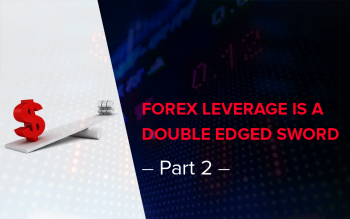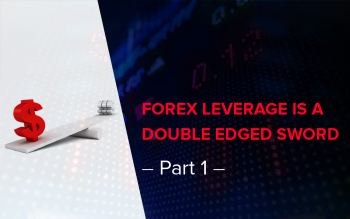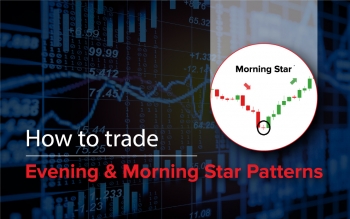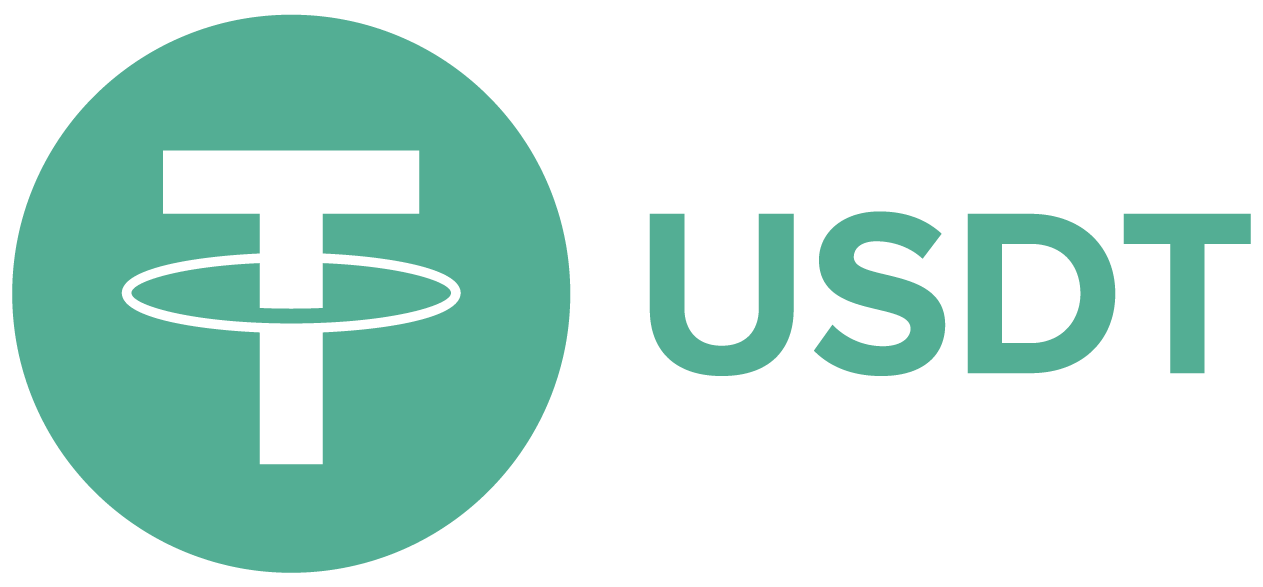What is the link between the US labor market, inflation and interest rates?
We begin our article with a brief overview of the American labor market and its latest developments, as there are many factors affecting the American labor market, including:
Unemployment rate
- Unemployment fell to 3.6% in May 2024, its lowest level in 50 years.
- This indicates that the labor market is strong and that there is a high demand for workers.
Workforce
- The U.S. workforce has surged in recent months.
- Many people are looking for jobs, which contributes to the low unemployment rate.
Wages
- Wages have risen at a rapid rate in the past year.
- This is partly due to increased demand for workers and low unemployment.
Available opportunities
- There are many opportunities available for job seekers in the United States.
- These opportunities are diverse and include various fields and sectors.
Challenges
- The American labor market faces some challenges, such as a shortage of skilled workers and the high cost of living.
- Policymakers and businesses are working to address these challenges to keep the labor market strong.
The relationship between the US labor market, inflation and interest rates
The US labor market, inflation, and interest rates have a close and interconnected relationship. Understanding this relationship is essential to understanding the American economy in general.
1. Labor market and inflation
When the labor market is strong, with low unemployment rates and high wages, it can lead to increased demand for goods and services.
- This causes prices to rise, thus increasing inflation.
- Therefore, the US central bank (Federal Reserve) tries to influence inflation by influencing the strength of the labor market.
2. Labor market and interest rates
When the US central bank raises interest rates, borrowing becomes more expensive.
- This causes the economy to slow down and demand for goods and services to decrease.
- This can also lead to lower wages and higher unemployment rates.
- Therefore, the US central bank is trying to strike a balance between maintaining a strong labor market and curbing inflation without causing an economic recession.
3. Inflation and interest rates
- The US central bank raises interest rates to combat inflation.
- When prices rise, the purchasing power of money becomes less.
- Therefore, the central bank raises interest rates to make saving more attractive and investment less attractive.
- This leads to a decrease in demand for goods and services, thus slowing inflation.
In general, these three factors interact with each other complexly. The US central bank seeks to achieve a balance between maintaining the strength of the labor market and curbing inflation without causing an economic recession.
From this standpoint, we at Point Trader Group are keen to cover important market events, as tomorrow, Friday (06/07/2024), we will have a live coverage with the release of the (monthly) US labor market data, so follow us on Telegram at the following link: Point Trader Group - Telegram and on social media Social media at the following link: Click here

 English
English


